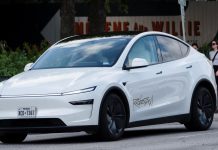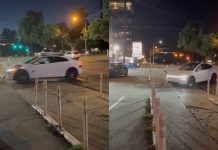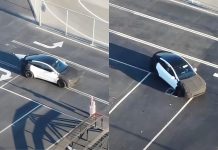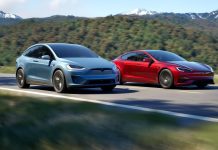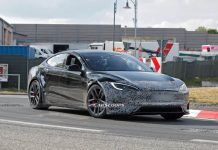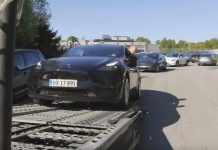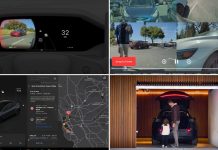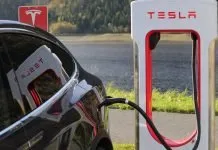In the realm of motorsports, few names evoke the blend of skill and experience quite like Piero Longhi. Known for his prowess in rally driving, Longhi has carved a niche for himself in this high-octane world, earning respect and admiration for his remarkable feats behind the wheel. However, it’s his latest achievement that’s currently turning heads and challenging perceptions in the automotive world.
Piero Longhi recently reached a milestone that many thought improbable – he completed an astounding 237,000 miles in a Tesla Model S, and he did so with virtually zero maintenance. This feat has not only raised eyebrows but also sparked a wave of skepticism and curiosity among enthusiasts and skeptics alike. Questions arose about the plausibility of such an achievement, especially considering the rigorous demands typically associated with high-mileage vehicles.
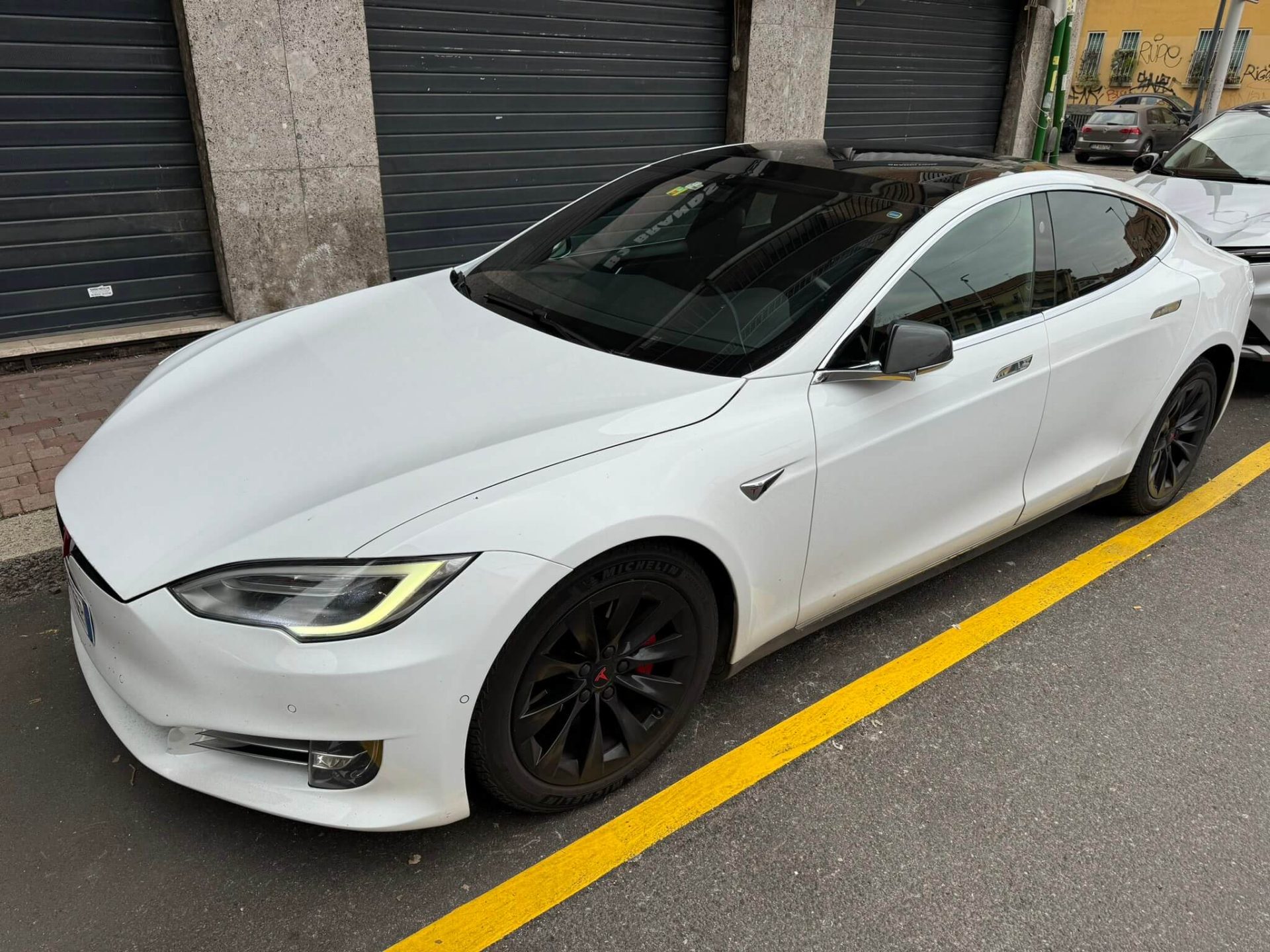
Table of Contents
Tesla Model S Zero Maintenance 237K-Mile Journey
In response to the growing intrigue and to dispel any doubts, we reached out directly to Piero Longhi. Our goal was to delve deeper into his extraordinary journey, seeking first-hand insights and clarifications. This exclusive interaction with Longhi aimed to shed light on the realities of long-term electric vehicle ownership, battery longevity, and maintenance needs. As we venture into this detailed account, we bring forth not just the facts of Longhi’s remarkable journey but also a glimpse into the potential future of electric vehicles, a future where high mileage and low maintenance might become the new norm.
Battery Performance Over 237,000 Miles
Piero Longhi’s experience with his Tesla Model S over an impressive 237,000 miles brings to light a crucial aspect of electric vehicles – battery performance and longevity. Contrary to common concerns about EV batteries degrading rapidly over time, Longhi’s observations paint a different picture. He noted that the battery performance of his Tesla remained largely unchanged throughout his journey. This is particularly noteworthy considering the distance covered, equivalent to nearly 380,000 kilometers.
The significance of this observation cannot be overstated. It challenges the prevailing skepticism surrounding EV battery life, suggesting that with proper care and usage, electric vehicle batteries can maintain their efficiency over considerable distances. Longhi’s experience serves as a real-world testament to the advancements in EV technology, particularly in battery durability and resilience. This not only enhances the appeal of electric vehicles as a long-term investment but also reinforces the notion that EVs can be reliable companions for extensive and demanding travel.
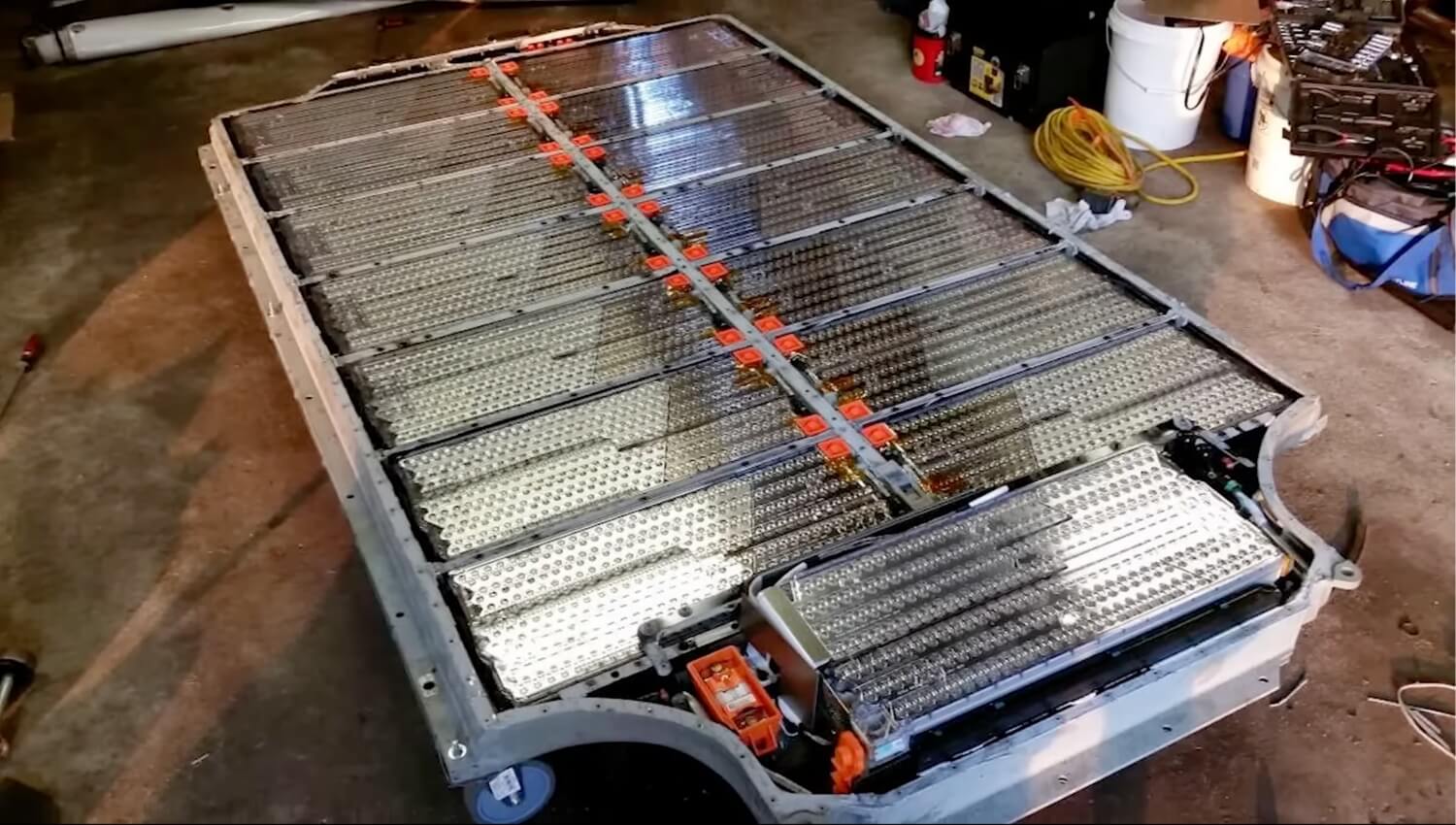
Charging Times and Range
Delving into the specifics of Longhi’s Tesla usage, his experiences with charging times and range offer valuable insights. Throughout his 237,000-mile journey, Longhi observed no significant changes in charging times. His Tesla Model S, a 2017 model, consistently charged at a maximum of 130 kW. This consistency in charging performance, despite the vehicle’s age and mileage, is indicative of the robustness of Tesla’s charging technology.
However, Longhi did experience a slight reduction in range after approximately 200,000 kilometers. He estimated a loss of about 10%, translating to a decrease of around 50 kilometers from the original range. Initially, with a full charge, his Model S could travel about 380 kilometers (based on his driving style), but this reduced to approximately 330 kilometers over time.
Impact of Driving Habits on Tesla’s Longevity
Piero Longhi’s driving habits have played a pivotal role in the longevity and maintenance of his Tesla Model S. His journey, predominantly on highways, was characterized by a disciplined approach to speed. Longhi typically maintained an average speed of no more than 120 km/h. This moderate speed, while optimal for highway travel, also proved beneficial for the overall health of the vehicle.
Driving at these consistent, moderate speeds meant less strain on the Tesla’s motor and battery. High speeds and rapid accelerations can lead to increased wear and tear on vehicle components, including the battery. By maintaining a steady pace, Longhi was able to minimize the stress on the car’s mechanical systems, contributing significantly to its longevity. This approach likely played a crucial role in preserving the car’s mechanics, such as brakes, tires, suspensions, and arms, and in maintaining the battery’s health and efficiency over a long period.
Tesla Model S Maintenance
The maintenance requirements for Longhi’s Tesla Model S were remarkably minimal, especially when compared to traditional combustion engine vehicles. Over the course of 237,000 miles, the primary maintenance task was the replacement of the front brake pads at around 360,000 km. Notably, these pads were not entirely worn out at the time of replacement, indicating their durability. The rear brake pads remained original throughout this period. Other than this, the only additional maintenance included routine tire changes every approximately 55,000 km and the replacement of the cabin air filter.
In contrast, traditional combustion engine vehicles typically require more frequent and extensive maintenance. This includes regular oil changes, engine checks, transmission fluid replacements, and other mechanical upkeep due to the more complex and wear-prone nature of their engines and related components. The minimal maintenance needs of Longhi’s Tesla highlight one of the key advantages of electric vehicles: their simplicity in design and operation leads to reduced wear and tear, and consequently, lower maintenance requirements.
Tesla Supercharger Network
Piero Longhi’s experience with charging networks, especially Tesla’s Supercharger network, highlights the importance of efficient and accessible charging options for EV owners. Longhi predominantly used the Supercharger network for its speed, efficiency, and ease of use. The network’s rapid charging capability and widespread availability made it an ideal choice for Longhi, who often covered long distances.
Latest Study Reveals Tesla Supercharger Has Zero or Negligible Effect on Battery Life
The cost-effectiveness of the Supercharger network also played a crucial role in Longhi’s preference. Compared to other charging networks and the rising cost of home electricity, Tesla’s Superchargers offered a more economical option. However, Longhi noted that the cost of charging, in general, has increased in Italy, nearing the cost of petrol. This shift has led him to balance between home charging and using the Supercharger network to optimize costs.
Comfort and Safety in Tesla’s Long-Distance Travel
For Piero Longhi, who averages around 5,000 kilometers per month in his Tesla, comfort and safety are paramount. The Tesla Model S excels in these areas, making long-distance travel not just feasible but enjoyable. The car’s spacious interior, ergonomic design, and smooth ride quality contribute significantly to the comfort of the driver and passengers.
Tesla’s advanced assisted driving system is a standout feature that Longhi particularly praises. Having been developed and refined over more than a decade, this system offers ease of driving and enhanced safety, crucial for long journeys. The assisted driving technology, which Longhi emphasizes is not fully autonomous, provides a level of security and convenience that he finds superior to other brands. This system allows for a more relaxed driving experience, reducing fatigue and increasing overall safety on long trips.
Evolution of EV Charging Infrastructure
Since Piero Longhi began using electric vehicles, the evolution of EV charging infrastructure has been significant. When Longhi first transitioned to electric cars in 2012, the landscape was markedly different. Charging stations were scarce, and the infrastructure was in its nascent stages. Longhi often faced the challenge of finding charging stations, and when available, they were frequently occupied by non-EV vehicles, a practice known as ICEing. Additionally, charging at hotels was a hurdle, as many lacked the necessary facilities, leading Longhi to resort to using standard sockets, which sometimes caused power outages.
Over the years, there has been a substantial improvement in the charging infrastructure. The proliferation of charging stations, including the expansion of high-speed charging networks, has made EV charging more accessible and convenient. In Italy, where Longhi is based, the growth of charging infrastructure has been particularly notable. Many hotels now offer charging stations, and the presence of chargers in motorway service stations has become more common. This evolution has significantly enhanced the practicality of owning and using an electric vehicle, especially for long-distance travel.
Conclusion
Piero Longhi’s journey with his Tesla Model S, spanning an extraordinary 237,000 miles, stands as a significant testament to the capabilities and potential of electric vehicles (EVs). His experience, marked by the vehicle’s enduring battery performance, minimal maintenance requirements, and the evolving charging infrastructure, offers a compelling narrative that challenges and reshapes common perceptions about EVs.
Longhi’s story is particularly impactful in the context of the EV industry’s growth and the broader shift towards sustainable transportation. His observations of unchanged battery performance over such a considerable distance address one of the most prevalent concerns about electric vehicles – battery longevity. This real-world evidence serves to bolster confidence in EV technology, reassuring potential buyers about the long-term viability and reliability of electric cars.
The minimal maintenance needs of Longhi’s Tesla, compared to traditional combustion engine vehicles, highlight another significant advantage of EVs. This aspect not only makes electric vehicles more cost-effective over time but also aligns with the increasing consumer preference for more sustainable and low-maintenance transportation options.


